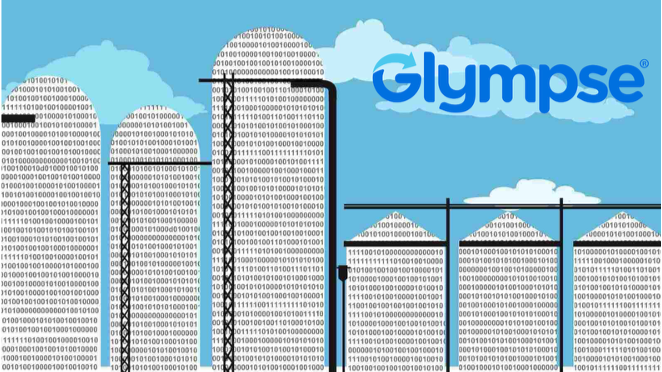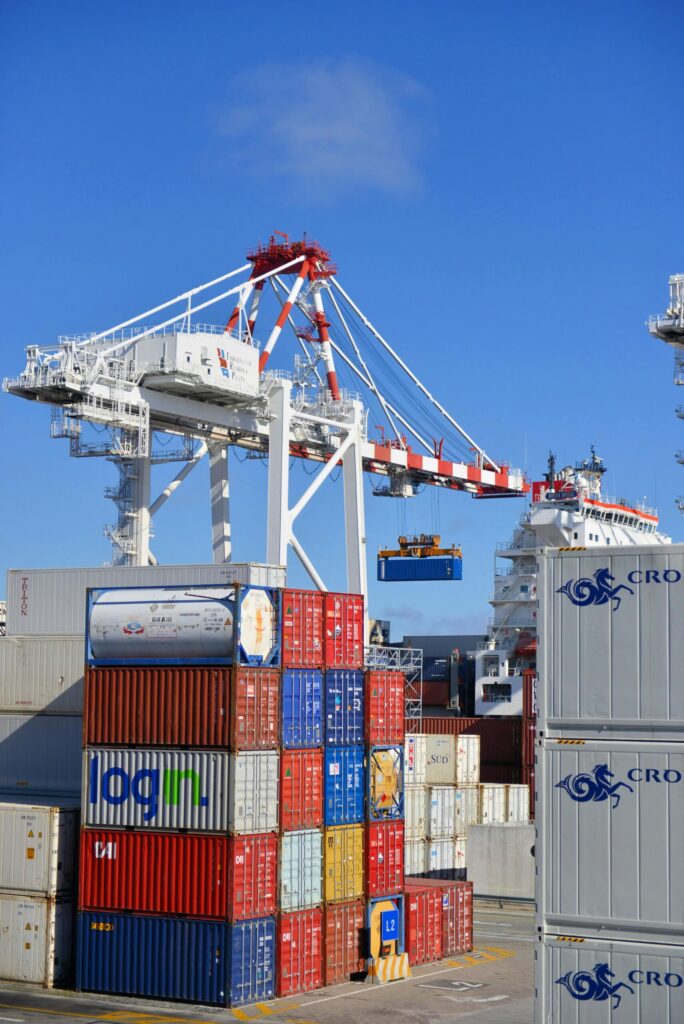In today’s business climate, uncertainty has become the only constant. From tariff pressures and labor shortages to rapid technology adoption and shifting customer expectations, supply chains are being stretched in every direction. Leaders across industries are realizing that the best way to restore a measure of predictability is through closer cross-functional collaboration.
Steel and the Complexity of Site Logistics
Steel production provides a striking example. Mills and yards are sprawling ecosystems where all must work in lockstep. Yet too often, carriers, contractors, visitors and even employees get lost inside vast properties. The result is safety incidents, delays, lack of communication and mounting costs.
To counter this, the industry is testing new approaches such as providing web-based turn-by-turn routing and navigation designed specifically for private industrial sites. Unlike consumer mapping apps, these solutions account for restricted access zones, multilingual driver needs, and geofenced safety alerts. They don’t just move trucks more efficiently — they transform how steel yards orchestrate people and assets across an environment that was once opaque.
Data Center Build-Outs: A Different Industry, the Same Challenge
Similar issues are playing out in hyperscale data center construction. These projects demand coordination of hundreds of subcontractors, specialized equipment, and tightly sequenced delivery schedules. One misdirected truck can stall phases of construction or create major safety issues.
Traditional methods like gate logs, spreadsheets, or confusing verbal directions are no longer enough. Leaders are recognizing that they need similar solutions for onsite carriers and contractors to let them know where to go for a drop off.
The Cross-Functional Imperative
Whether in steel, data centers, or global logistics, the pattern is clear: no single system or team can provide certainty in isolation. Each party holds a piece of the puzzle. A supplier knows when a truck leaves, a yard manager knows which dock is free, a contractor knows when labor is available. Only by connecting these can organizations reduce blind spots and move from reactive firefighting to proactive planning.
Recent data underscores the stakes. Companies surveyed by Gartner reported an average of 17 unfamiliar disruption events in just the past year. According to Accenture, these disruptions cost businesses $1.6 trillion annually in lost revenue, with the average company losing 8.2% of sales — nearly $1.9 billion. They also hit earnings by 23% and increase lead times by 40%, eroding both profitability and customer satisfaction.
A Broader Conversation on Visibility
For nearly two decades, our work with Glympse has focused on making the customer’s journey proactive and real-time. What began as consumer-facing location sharing has grown into a broader capability: connecting people, products, and assets in motion.
The industry is also racing to adopt new tools. The 2025 MHI Annual Industry Report found that while only 28% of companies are using AI in their supply chains today, another 55% plan to adopt it within the next five years. That would bring adoption to more than 80%, with leaders expecting autonomous supply chains to respond to disruptions 62% faster and recover 60% sooner.
This experience reinforces a simple truth: visibility is not just about knowing where something is. It’s about creating a shared source of truth that every stakeholder can act on. As supply chains become more complex and uncertainty shows no signs of slowing, it’s critical that leaders include collaborative visibility tools in their strategic conversations.
Because in uncertain times, certainty is built, not found. And it’s built together.


